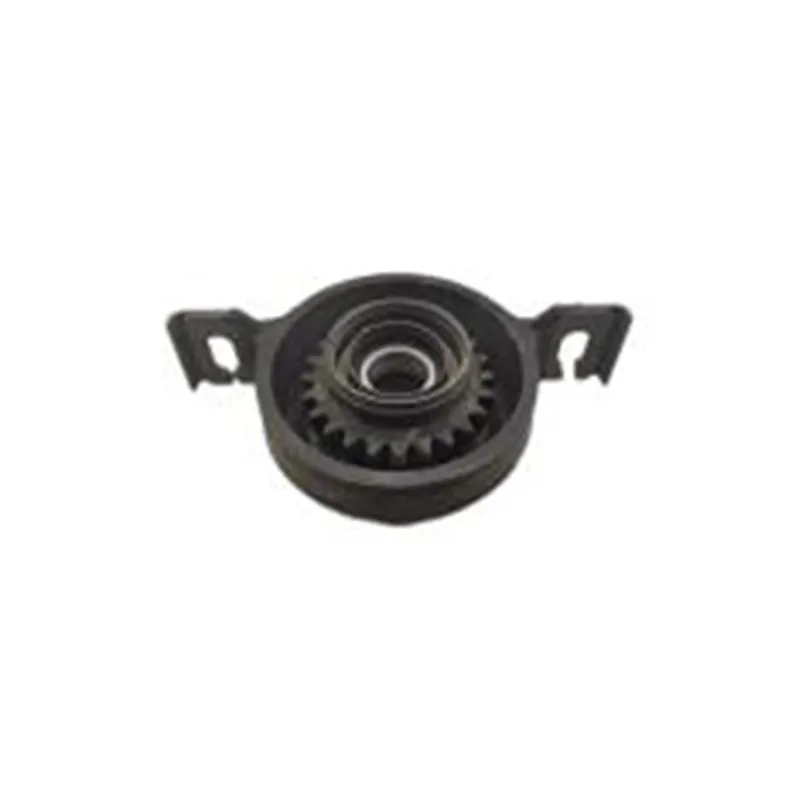
-
 Afrikaans
Afrikaans -
 Albanian
Albanian -
 Amharic
Amharic -
 Arabic
Arabic -
 Armenian
Armenian -
 Azerbaijani
Azerbaijani -
 Basque
Basque -
 Belarusian
Belarusian -
 Bengali
Bengali -
 Bosnian
Bosnian -
 Bulgarian
Bulgarian -
 Catalan
Catalan -
 Cebuano
Cebuano -
 Corsican
Corsican -
 Croatian
Croatian -
 Czech
Czech -
 Danish
Danish -
 Dutch
Dutch -
 English
English -
 Esperanto
Esperanto -
 Estonian
Estonian -
 Finnish
Finnish -
 French
French -
 Frisian
Frisian -
 Galician
Galician -
 Georgian
Georgian -
 German
German -
 Greek
Greek -
 Gujarati
Gujarati -
 Haitian Creole
Haitian Creole -
 hausa
hausa -
 hawaiian
hawaiian -
 Hebrew
Hebrew -
 Hindi
Hindi -
 Miao
Miao -
 Hungarian
Hungarian -
 Icelandic
Icelandic -
 igbo
igbo -
 Indonesian
Indonesian -
 irish
irish -
 Italian
Italian -
 Japanese
Japanese -
 Javanese
Javanese -
 Kannada
Kannada -
 kazakh
kazakh -
 Khmer
Khmer -
 Rwandese
Rwandese -
 Korean
Korean -
 Kurdish
Kurdish -
 Kyrgyz
Kyrgyz -
 Lao
Lao -
 Latin
Latin -
 Latvian
Latvian -
 Lithuanian
Lithuanian -
 Luxembourgish
Luxembourgish -
 Macedonian
Macedonian -
 Malgashi
Malgashi -
 Malay
Malay -
 Malayalam
Malayalam -
 Maltese
Maltese -
 Maori
Maori -
 Marathi
Marathi -
 Mongolian
Mongolian -
 Myanmar
Myanmar -
 Nepali
Nepali -
 Norwegian
Norwegian -
 Norwegian
Norwegian -
 Occitan
Occitan -
 Pashto
Pashto -
 Persian
Persian -
 Polish
Polish -
 Portuguese
Portuguese -
 Punjabi
Punjabi -
 Romanian
Romanian -
 Russian
Russian -
 Samoan
Samoan -
 Scottish Gaelic
Scottish Gaelic -
 Serbian
Serbian -
 Sesotho
Sesotho -
 Shona
Shona -
 Sindhi
Sindhi -
 Sinhala
Sinhala -
 Slovak
Slovak -
 Slovenian
Slovenian -
 Somali
Somali -
 Spanish
Spanish -
 Sundanese
Sundanese -
 Swahili
Swahili -
 Swedish
Swedish -
 Tagalog
Tagalog -
 Tajik
Tajik -
 Tamil
Tamil -
 Tatar
Tatar -
 Telugu
Telugu -
 Thai
Thai -
 Turkish
Turkish -
 Turkmen
Turkmen -
 Ukrainian
Ukrainian -
 Urdu
Urdu -
 Uighur
Uighur -
 Uzbek
Uzbek -
 Vietnamese
Vietnamese -
 Welsh
Welsh -
 Bantu
Bantu -
 Yiddish
Yiddish -
 Yoruba
Yoruba -
 Zulu
Zulu
suspension control arm
Understanding Suspension Control Arms Key Components for Vehicle Performance
Suspension control arms are crucial components of a vehicle's suspension system, directly influencing its handling, stability, and overall ride quality. These parts serve as the link between the vehicle's chassis and its wheels, allowing for controlled movement during driving, cornering, and over uneven surfaces.
At their core, control arms are designed to pivot and support the vehicle’s weight while allowing the suspension to move. They typically come in pairs, with one arm situated on the front and one on the rear of each side of the vehicle. Commonly made from forged steel, aluminum, or composite materials, control arms are engineered to withstand the stresses of everyday use while minimizing weight for better performance.
One of the primary functions of the suspension control arm is to manage the vertical motion of the wheels, helping them maintain contact with the road. This is essential for effective braking, steering, and overall vehicle control. A well-designed control arm helps reduce wheel hop during acceleration, enhance traction during cornering, and provide a smoother ride over bumps and imperfections in the road.
suspension control arm

There are different types of control arms, including upper and lower control arms. In a double wishbone suspension system, for example, both upper and lower arms work together to provide optimal handling characteristics. In contrast, vehicles with a MacPherson strut suspension usually feature only a lower control arm. The design of these arms varies depending on the vehicle's intended use, whether it be for standard daily driving, performance racing, or off-road capabilities.
It's important to note that control arms are subject to wear and tear over time, especially due to road conditions and driving habits. Symptoms of a failing control arm may include unusual noises, such as clunking or squeaking, which can indicate that the bushings or pivot points are deteriorating. Additionally, if a vehicle experiences poor handling, uneven tire wear, or misalignment, it may be a sign that the control arms are compromised.
Regular maintenance and inspections are essential to ensure the longevity of the control arms. If defects are detected, timely replacement is crucial to maintaining safety. Upgrading to aftermarket control arms can also enhance performance, as many aftermarket options are designed with better materials and geometry to improve handling characteristics significantly.
In conclusion, suspension control arms play a vital role in a vehicle’s suspension system, impacting performance, safety, and comfort. Understanding their function and the signs of wear can help vehicle owners maintain their cars effectively and ensure a better driving experience. Regular inspections and maintenance will not only extend the lifespan of these critical components but will also enhance the overall performance and safety of the vehicle.







